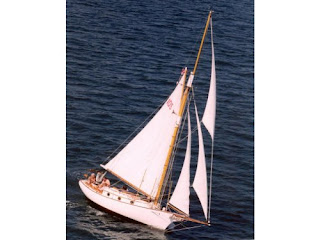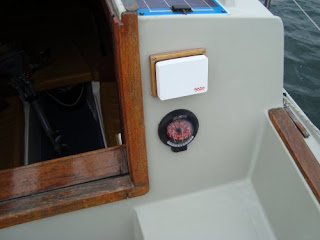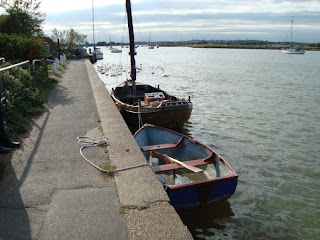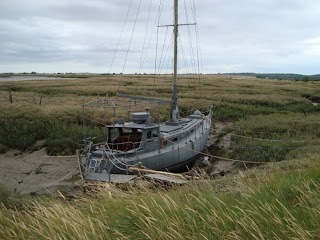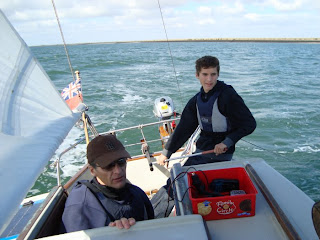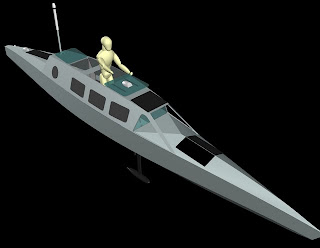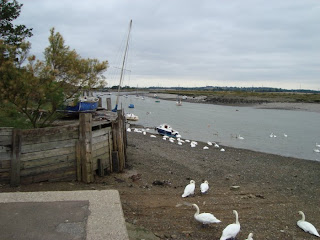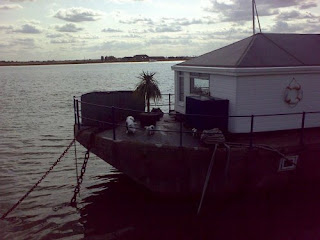 Yellow Rose of Friendship
Yellow Rose of FriendshipYesterday I spoke of the Friendship Sloop. A prettier vessel is hard to find. In her basic form she is a working boat for Maine fisherman or lobsterman. She is functional and attractive to her owner, who may liken her to a faithful friend. Within any friendship there is a mutual interest, a united common bond. In the case of the Maine fisherman, he looks after his Friendship sloop, and in return she gives him faithful and long-term service.
At the basic level of friendship there’s usually a mutual interest, as each friend supports the other, not just in good times, but through thick and thin. A bond between the two, inclusive of loyalty and trust, is a true distinction of a real and meaningful friendship. Such friendships can be found in work environments where buddies have common interests and common aims. The clubhouse is another great place for finding friends, a place where likeminded hobbyists can share their passions for a multiplicity of activities such as golf, cricket, rugby, photography, amateur dramatics, choral singing, fishing, sailing, etc.. Within a clubhouse or a meeting place, friendships may flourish. Likewise, new, and perhaps lasting friendships can be established in schools, colleges, universities, churches, and mosques. Servicemen and women in the armed forces can make very special bonds of friendships because of having to share operations in highly dangerous situations. Only recently, a soldier in Afghanistan was prepared to give his life for his comrades by throwing himself on a grenade that was about to explode. Fortunately for him he survived the blast and his friends were unscathed.
Friends are very precious. Most people have less genuine friends than they have fingers on one of their hands, and they are blessed if they have more than four friends. Friendships need to be cultivated, worked at and maintained. Rolling stones who are for ever moving have the greatest difficulty in keeping friends, unless they are friends who accompany them. Travellers, fairground workers, circus workers and itinerant workers doing temporary jobs come in this category. Some friends come and go, while others go on for ever. After sixty years I still have two friends who were at school with me and two others whom I met in 1978. With them I share the common interest of sailing, and together we have experienced testing situations at sea. Hence, our friendships are cemented for ever, despite the fact that in these times through infirmity and distance apart, we meet and correspond only occasionally. There are, of course, special family friends who are unlike those beyond the family, because of a deep reciprocal fondness and admiration for each other, as well as unselfish and generous support. These are familial friends who never say no and who unfailingly give of their love.
For the Christian, the greatest of all friends is Jesus. (John 15:14-17)




